People
Information
- Date
- 24th November 2021
- Society
- Guildburys Theatre Company
- Venue
- The Electric Theatre, Guildford
- Type of Production
- Play
- Director
- Eddie Woolrich
Bennett’s 2012 play focuses on the dilemma faced by owners of minor stately homes of what to do with the property as they get too old or too poor to cope with it. Should they approach the National Trust, which would entail hoards of visitors traipsing through their beloved house? Would the N.T. accept it? Could some other organisation be found? Might there be a way of providing an income stream to allow renovations, for example by hiring the house out to film companies? All these dilemmas are tackled in this witty and thought-provoking play.
As always with the Guildburys, we were provided with an excellent programme, A4 sized, bright cover photo, and interesting contents. There was a piece on Alan Bennett and two excerpts from his diaries written on days he had visited NT properties, and containing his reaction to those visits, which inspired the idea for this play. There was an interesting Director’s Note, and articles about the Stately Homes of England and about the National Trust. The fact that Guildburys don’t seem to do cast profiles is always a slight disappointment to me personally, yet on the other hand, it proves that for this marvellous group of actors, the play’s the thing!
Once again a fine Guildburys' set, designed by Ian Nichols, depicting the crumbling yet fine blue Georgian interior of the house. 4 side flats, 2 with doors, 2 with covered windows. No fine curtains, just ragged old dust-sheet type window coverings. At the back a double door flanked by columns. The piece de resistance was a trapezoidal frame emulating a cornice bordering the ceiling of the room which was suspended from the bars. This fascinated me throughout. There was at one stage a gigantic 4 poster bed, some large film lights, and an amazing array of chamber pots. Both lighting and sound were used very effectively throughout to emphasise the sense of decay.
The contrasting costumes of Dorothy – ancient fur coat, wellington boots, generally unkempt hair and longish boring skirt, and her companion Iris – ancient woolly hat, weird patterned leggings, and many many layers – all worn to keep warm in the freezing house - and sister June, the archdeacon – very smart trouser suit, hair up in a chignon, neat dog collar, were marvellous. Dorothy transformed in the second half into the glamorous former model, hair smartly coiffed, wonderful swirly dresses. Iris too emerged briefly from her Nora Batty attire. The contrast between the smart coat and business attire of Bevan, representative of an auction house and also a shady consortium of investors, versus the tweedy look of Ralph Lumsden, the National Trust man, was telling.
As I mentioned before, Alan Bennett was inspired to write this play following a couple of visits to National Trust properties, where he had been perplexed by our addiction to visiting these places, absorbing our ‘heritage’ over a half hour whizz round the building followed by tea and cake in the café. He wondered what people got out of the experience. He pondered also about the owners. What brings them to give up their houses, whether to an organisation like the National Trust, or to another organisation that might use the property for a different purpose. For Dorothy Stacpoole, it seemed to be the fact that her greatest desire was an ensuite bathroom! She and her ‘companion’ Iris intended to stay in the house come what may, whatever its fate. Sister June, long moved away for a life of her own climbing the career ladder in the church, was quite ruthless in her attitude to the disposal of the house.
Gilly Fick gave a fine performance as Dorothy, hating the idea of people wandering about the family home, yet desperate for a change for the better somehow. Her ‘companion’ Iris, constantly knitting, full of witty and caustic comments, was played to perfection by Caroline Whillans, with a great sense of comic timing.
Ian McShee gave us a super slick Bevan, ‘Never trust a man in a camel haired coat’, as I believe Dorothy or maybe Iris remarked. He skilfully manoeuvred the conversation round to where he wanted it to go, so that Dorothy was almost ready to sign on the dotted line. Very believable and well-acted by McShee.
Cheryl Mallam played the ice-cold archdeacon June very well, standing no nonsense from the two inhabitants of the house. She knew what she wanted and was out to get it. She was accompanied by Ralph Lumsden, the representative of the National Trust, who had toured the house and been delighted by the collection of old newspapers that he had discovered, as something that can become a key point of interest for visitors. On hearing of the collection of chamber pots, complete with the urine of famous past visitors, his delight knew no bounds! Mike Pennick was fabulous here, tweedy, smarmy, obsequious, with great body language, and he was indeed very believable. Lots to ponder for poor Dorothy, who was of course amazed and horrified by all his ideas.
Enter then Theodore (Graham Russell-Price), a film director looking for suitable locations. Dorothy recognised him as an old flame. She is instantly transformed into the energetic, hopeful, lively lady she once was, Gilly Fick shone here. Theodore’s offer of £5000 for permission to film is quickly accepted. Well-played by Russell-Price, quite tender as the old flame, business-like as the director. The two of them danced together, for old times’ sake, and that was rather moving.
The laughs of course bubbled up in the second half, when the filming began for the porn movie. Fun roles for Craig Robertson and Sarah Gibbons as the unfortunate actors, and the rest of that film crew were great as they bustled around so busily, and formed a human shield around the actors on the bed! To be expected was the arrival of prissy June with her Bishop (Jonathan Constant), right in the middle of the action.
But the fun that was had by Dorothy and Iris was a joy to behold, especially Dorothy’s transformation into positive, gleeful, excited, young again, and totally transformed in her appearance after being taken in hand by the Wardrobe Mistress Louise (Jemma Jessup). There was once again a tender aspect here, as Louise enabled and enthused over Dorothy’s transformation, and kindly returned to ask how Dorothy was later, if I remember correctly.
Later, of course, the film crew having departed, glumness prevailed once more. The humour continued though, and one was left with a sense of great admiration for Alan Bennett’s perception and sharp wit. Congratulations to Eddie Woolrich, for deciding on this quite complex play, and bringing out all its ideas, humour and the layers of emotion too. Very enjoyable.
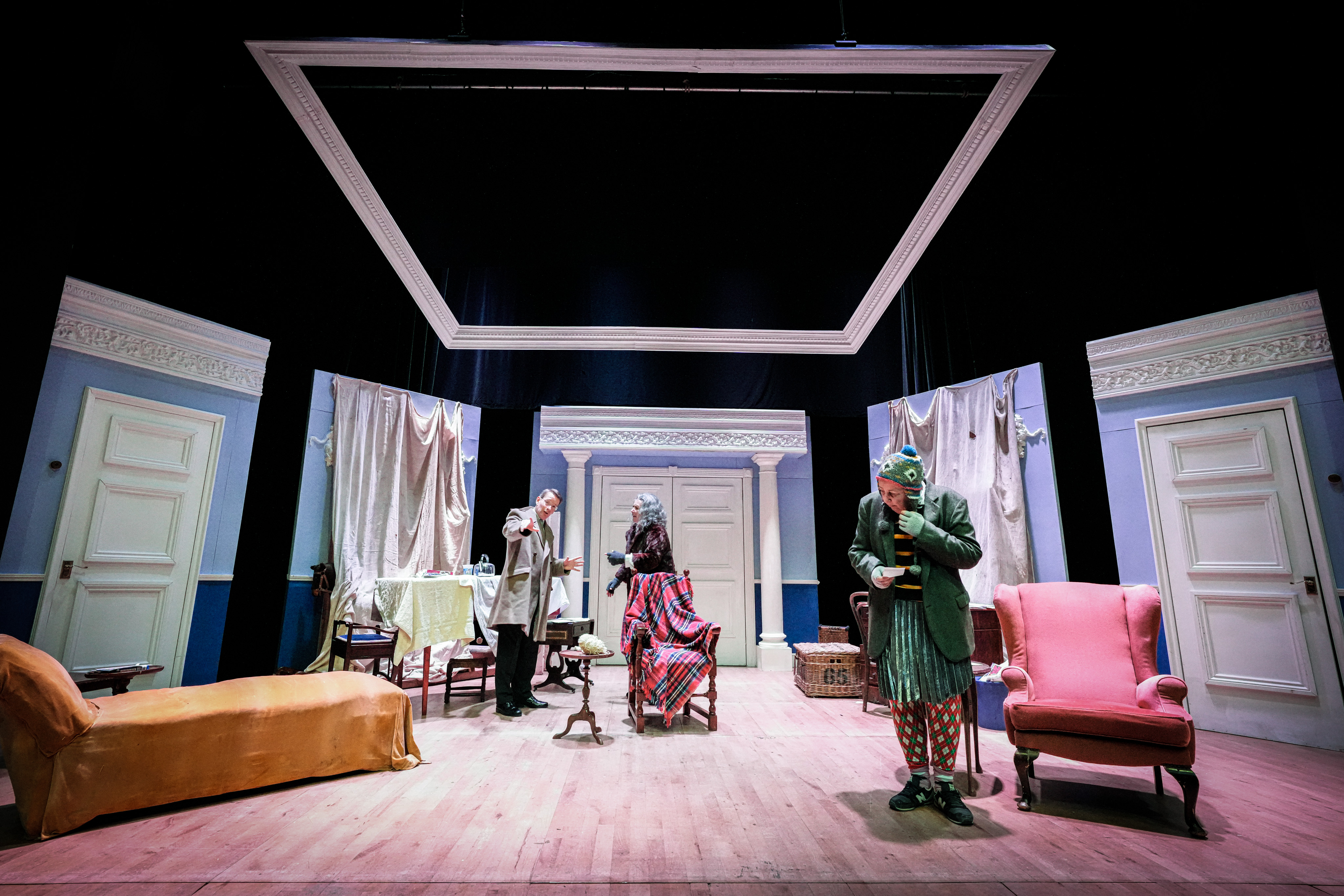 |
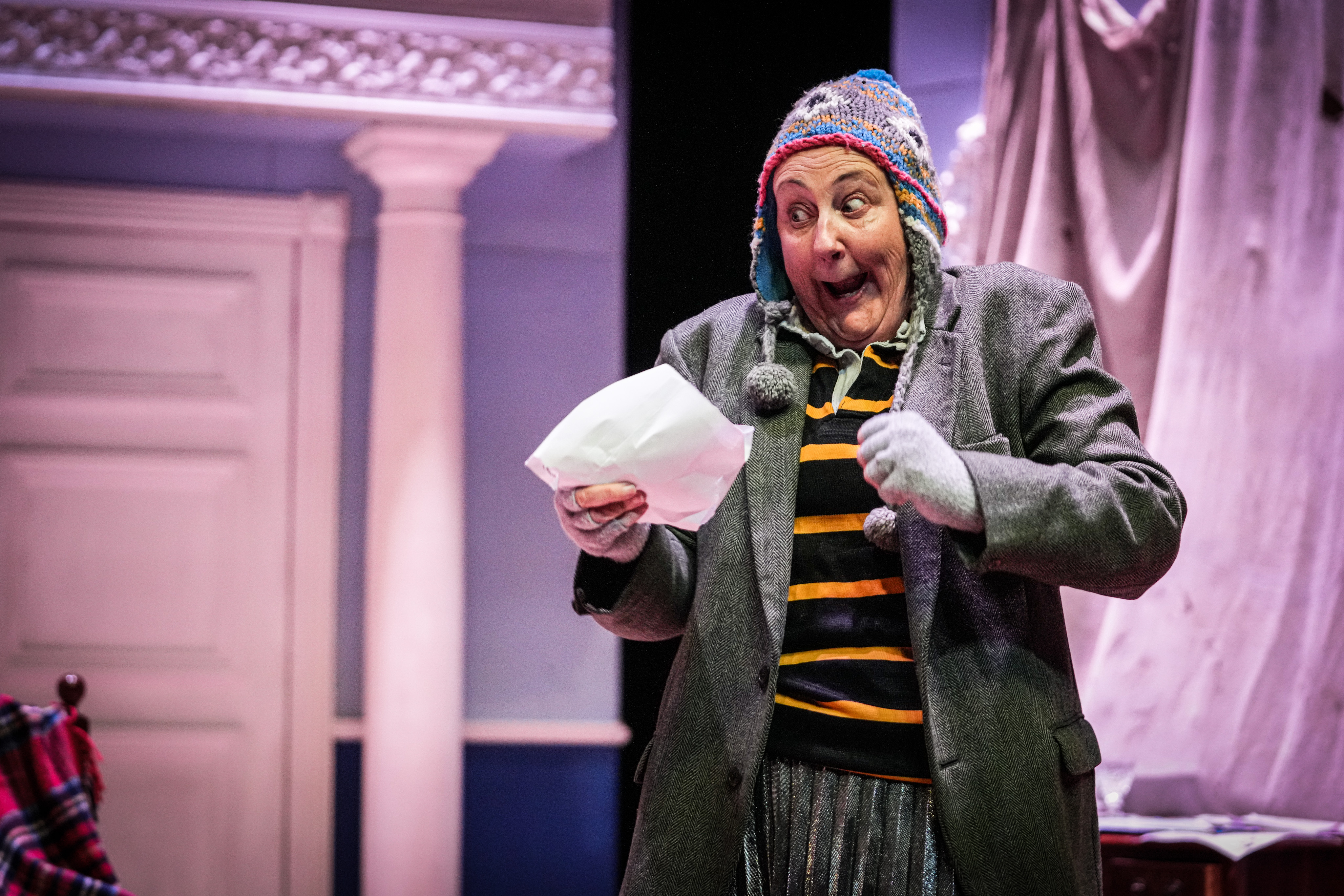 |
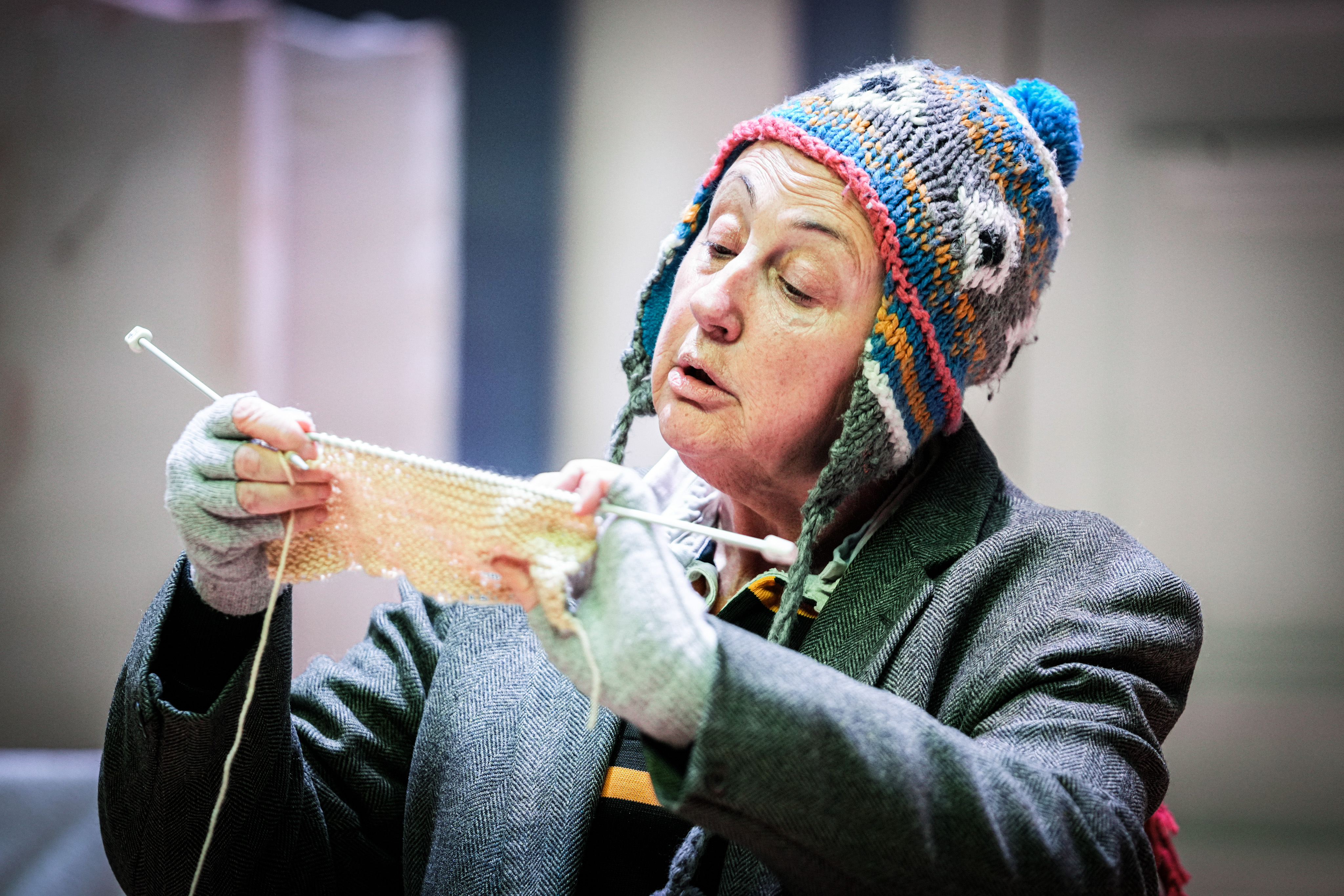 |
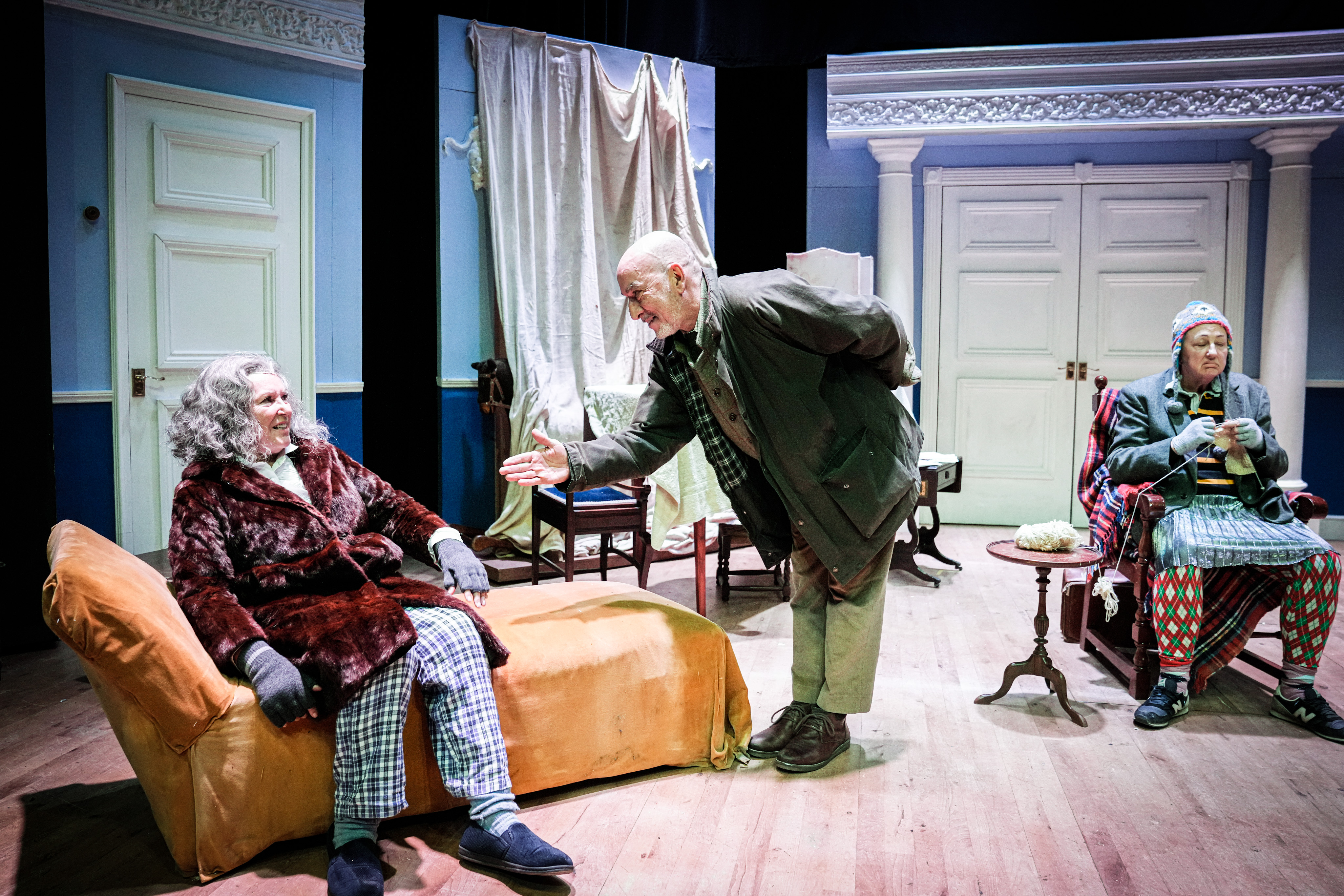 |
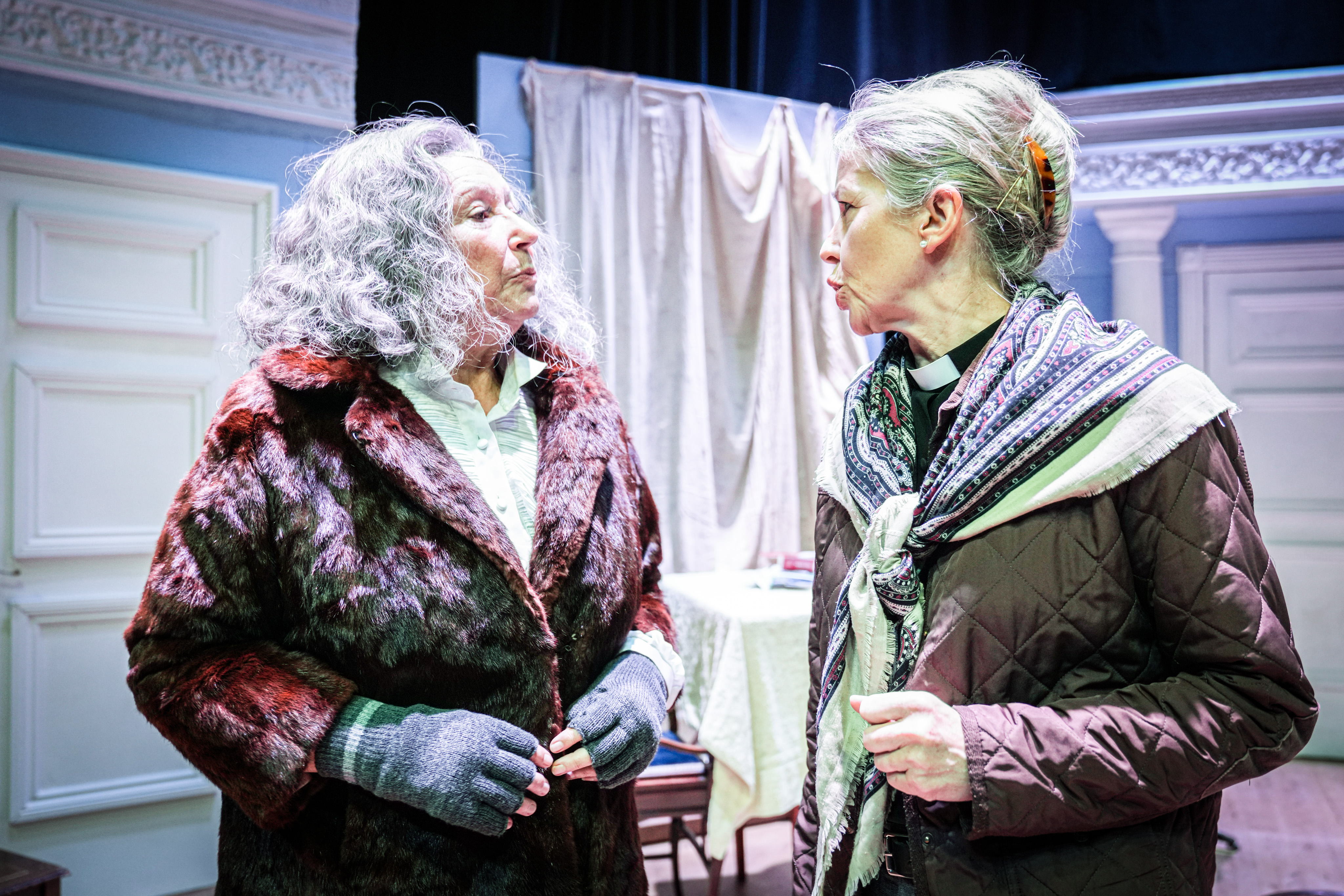 |
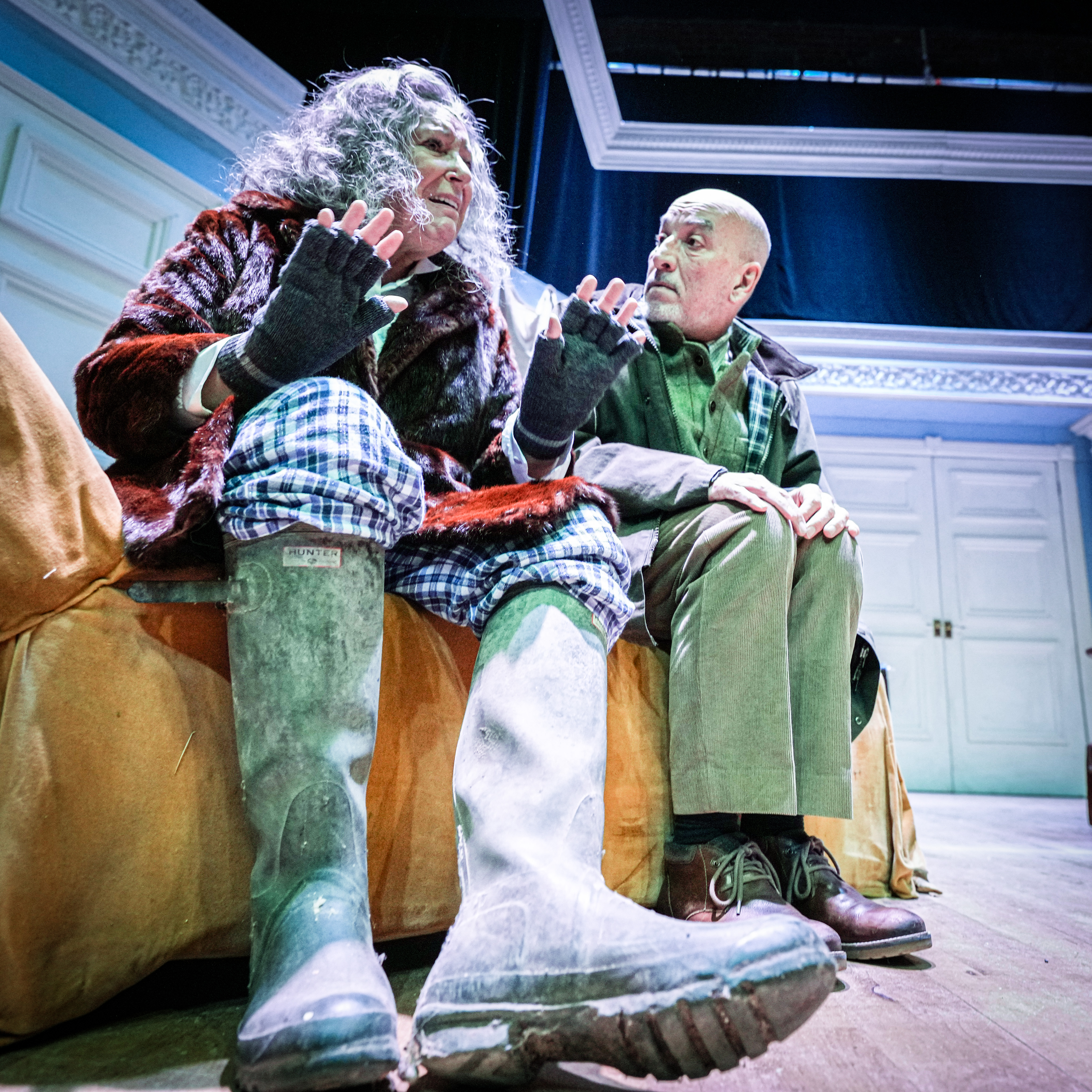 |
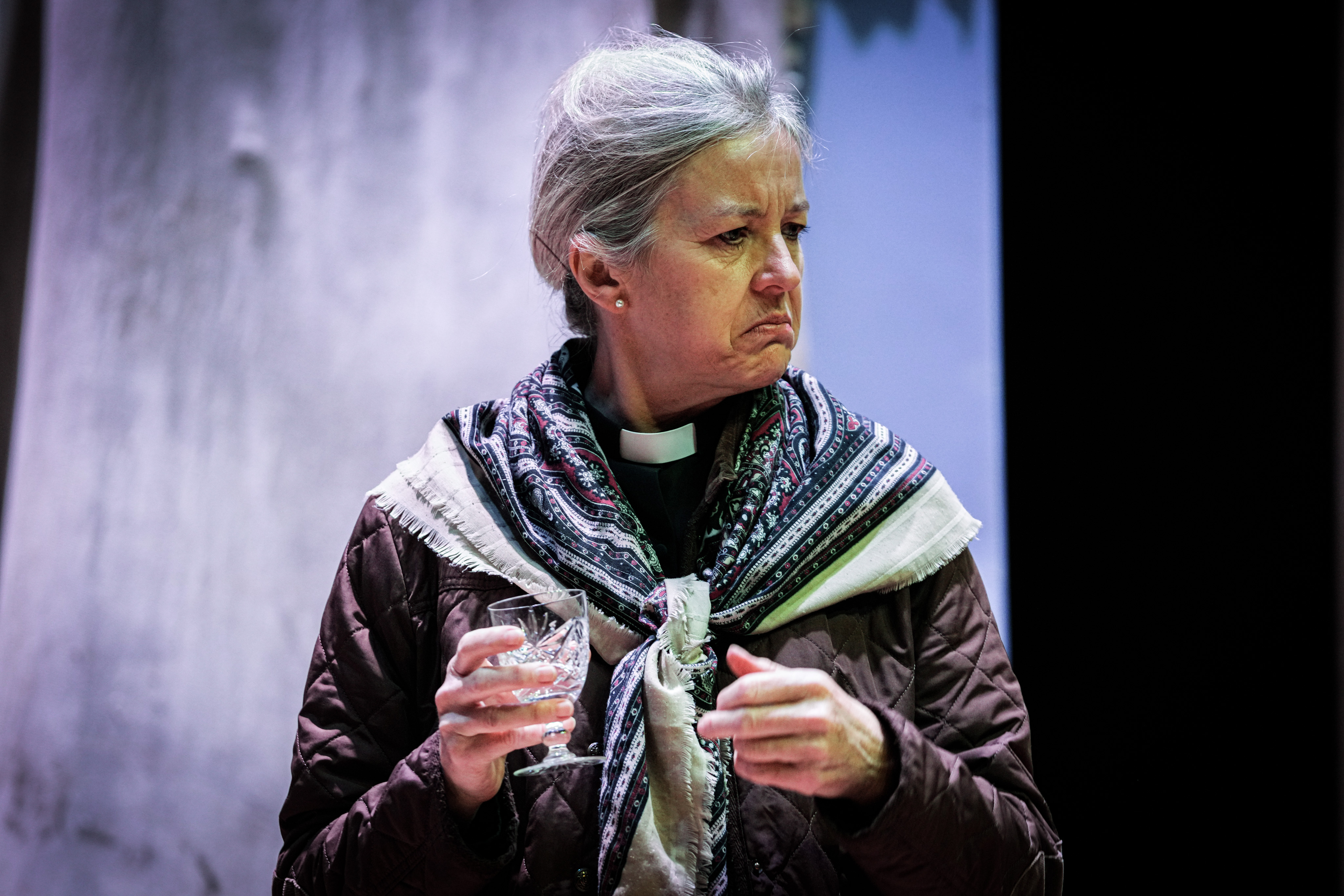 |
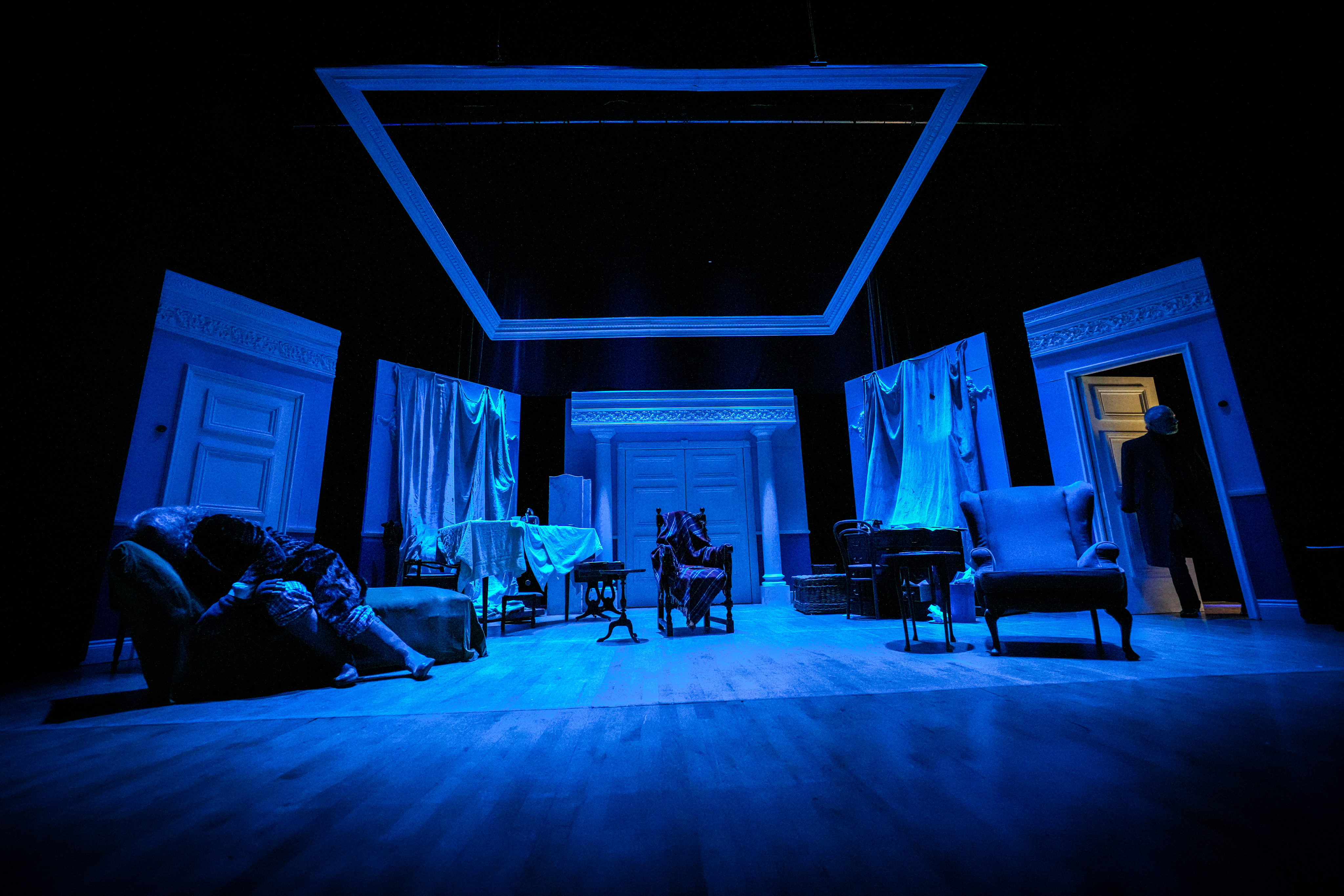 |
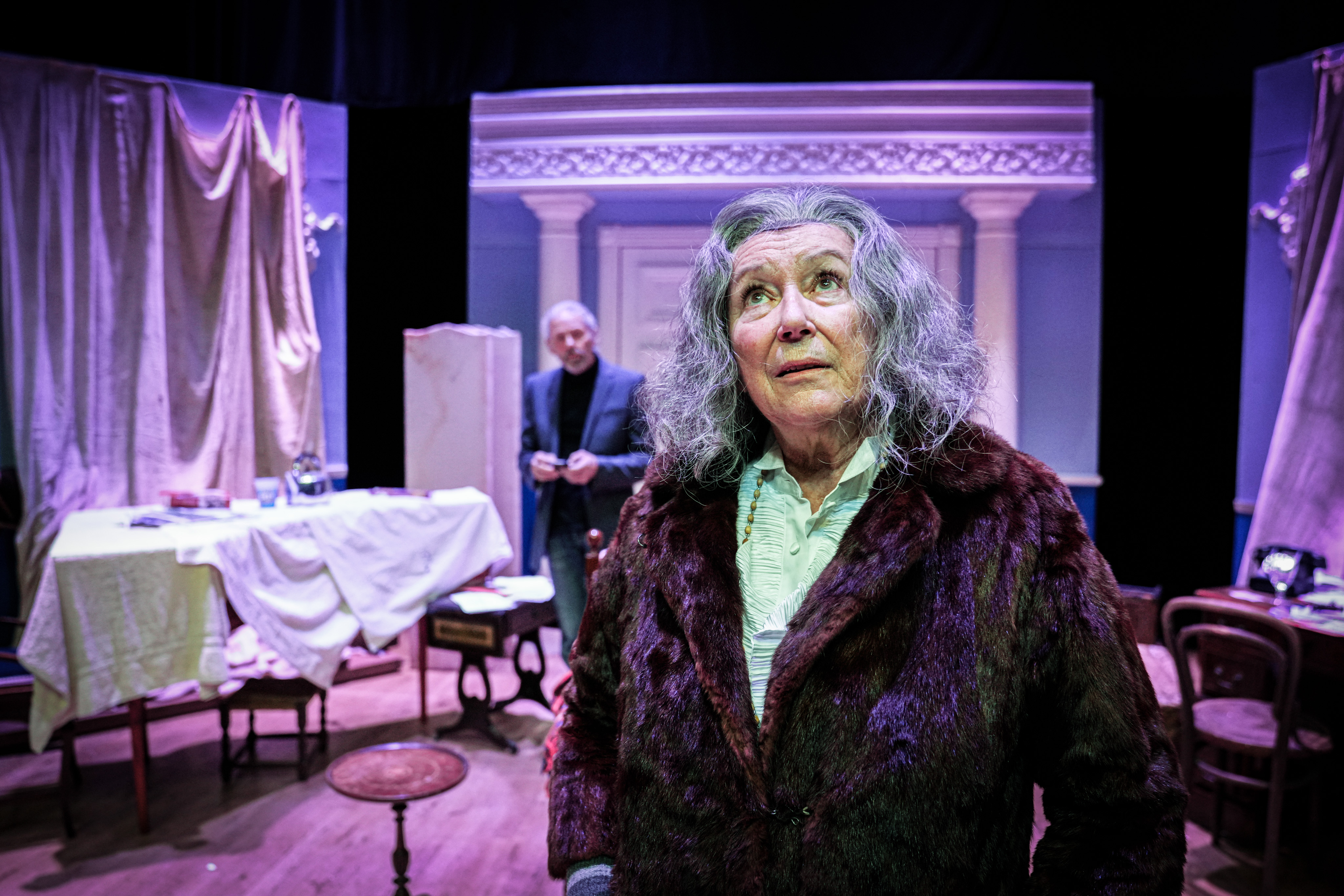 |
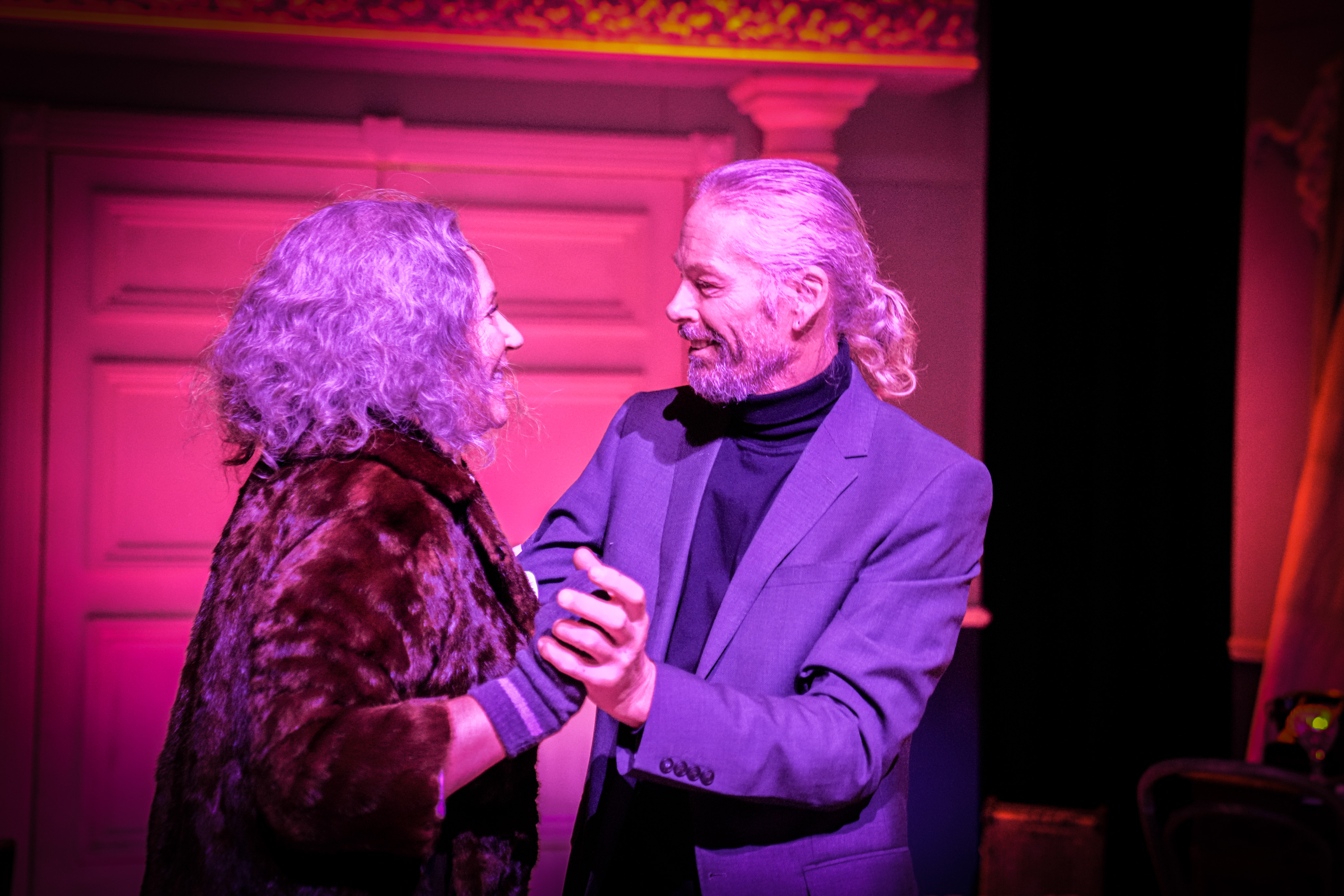 |
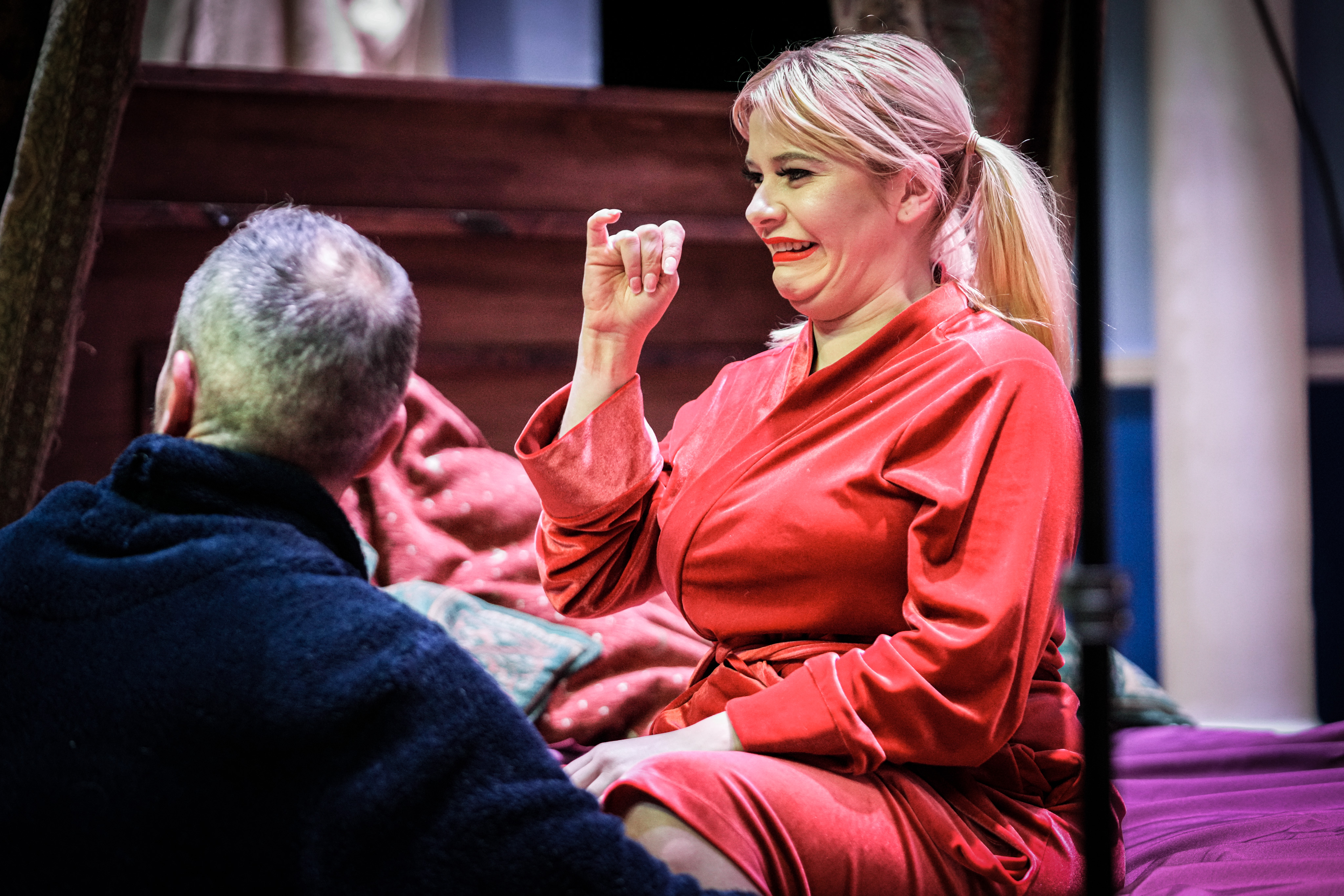 |
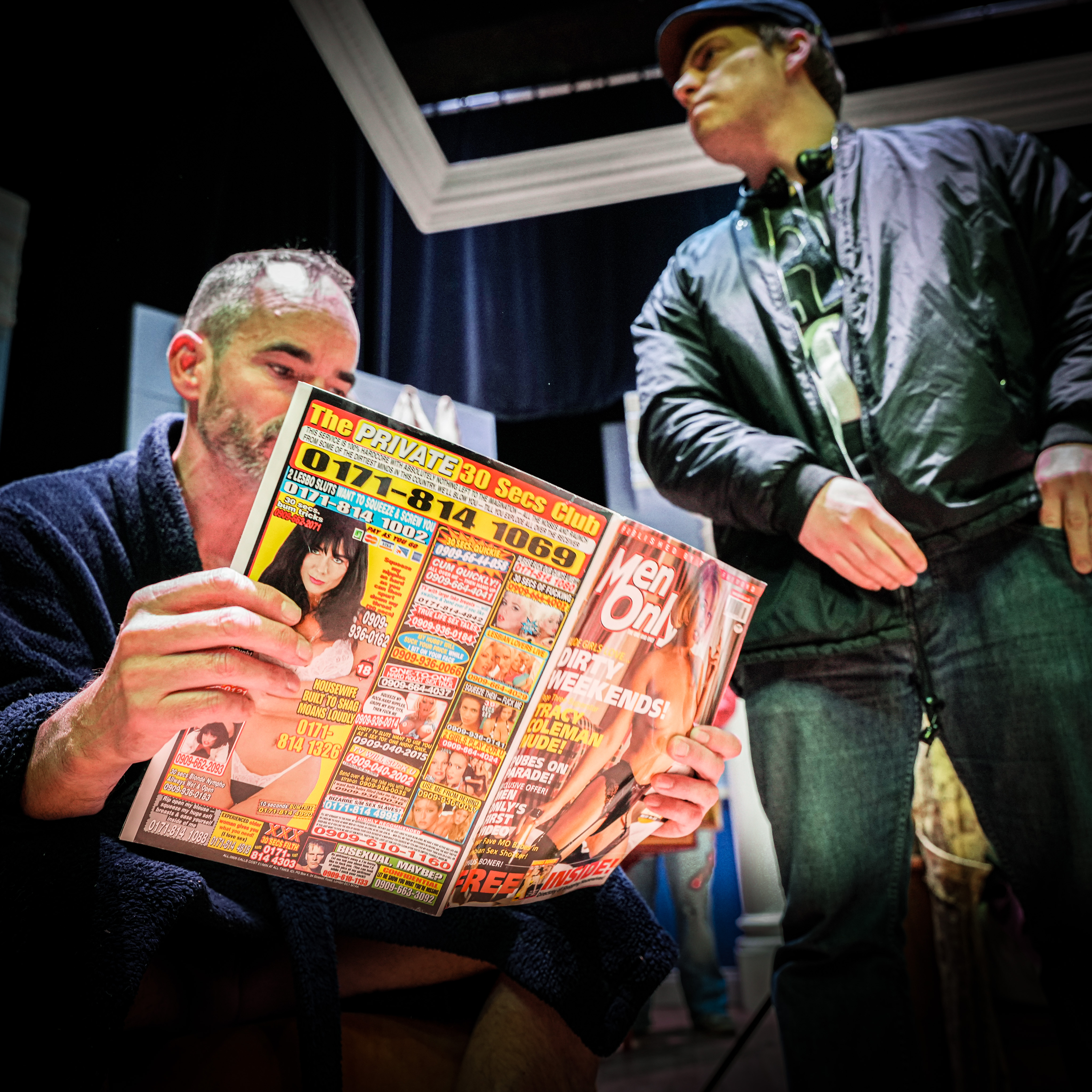 |
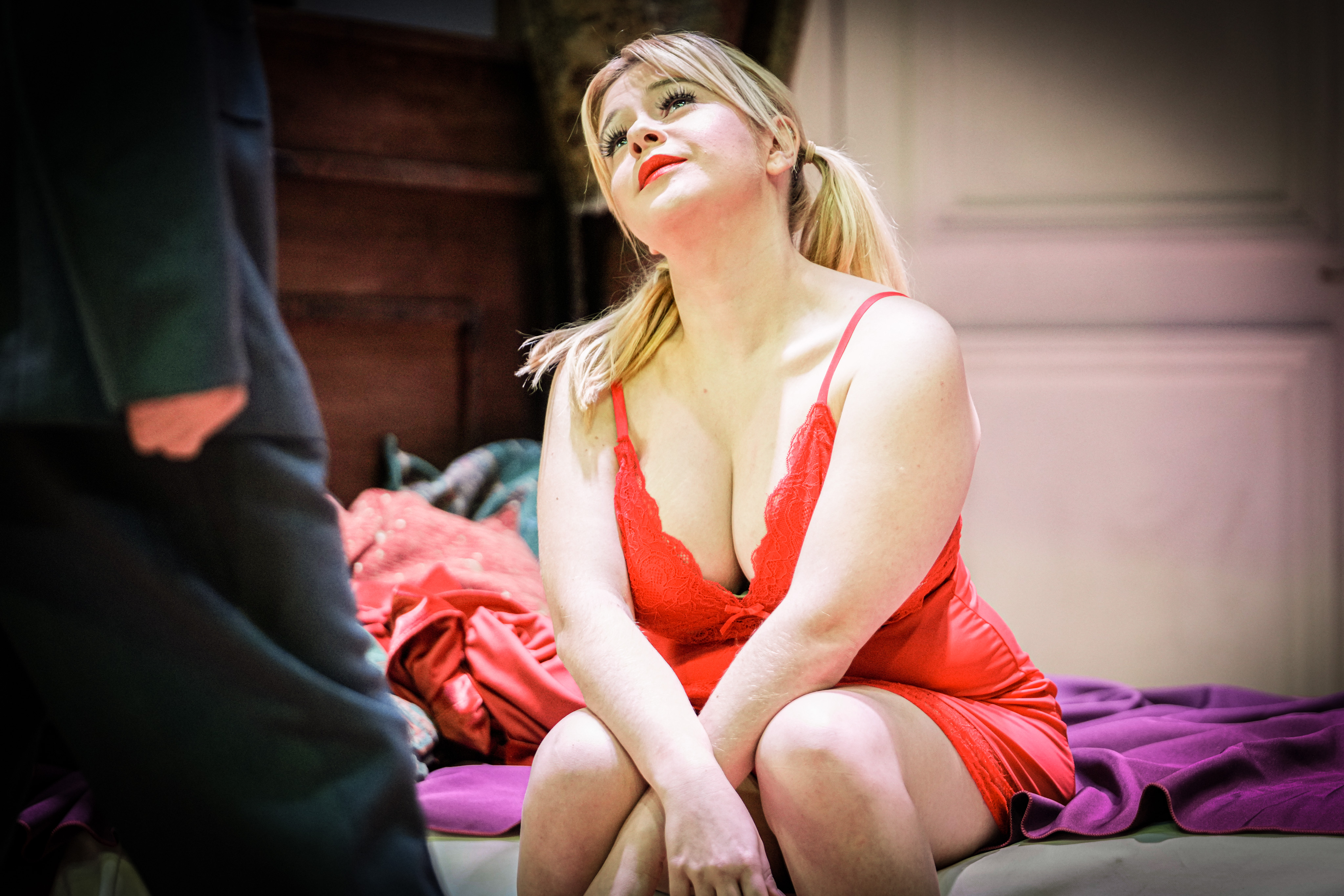 |
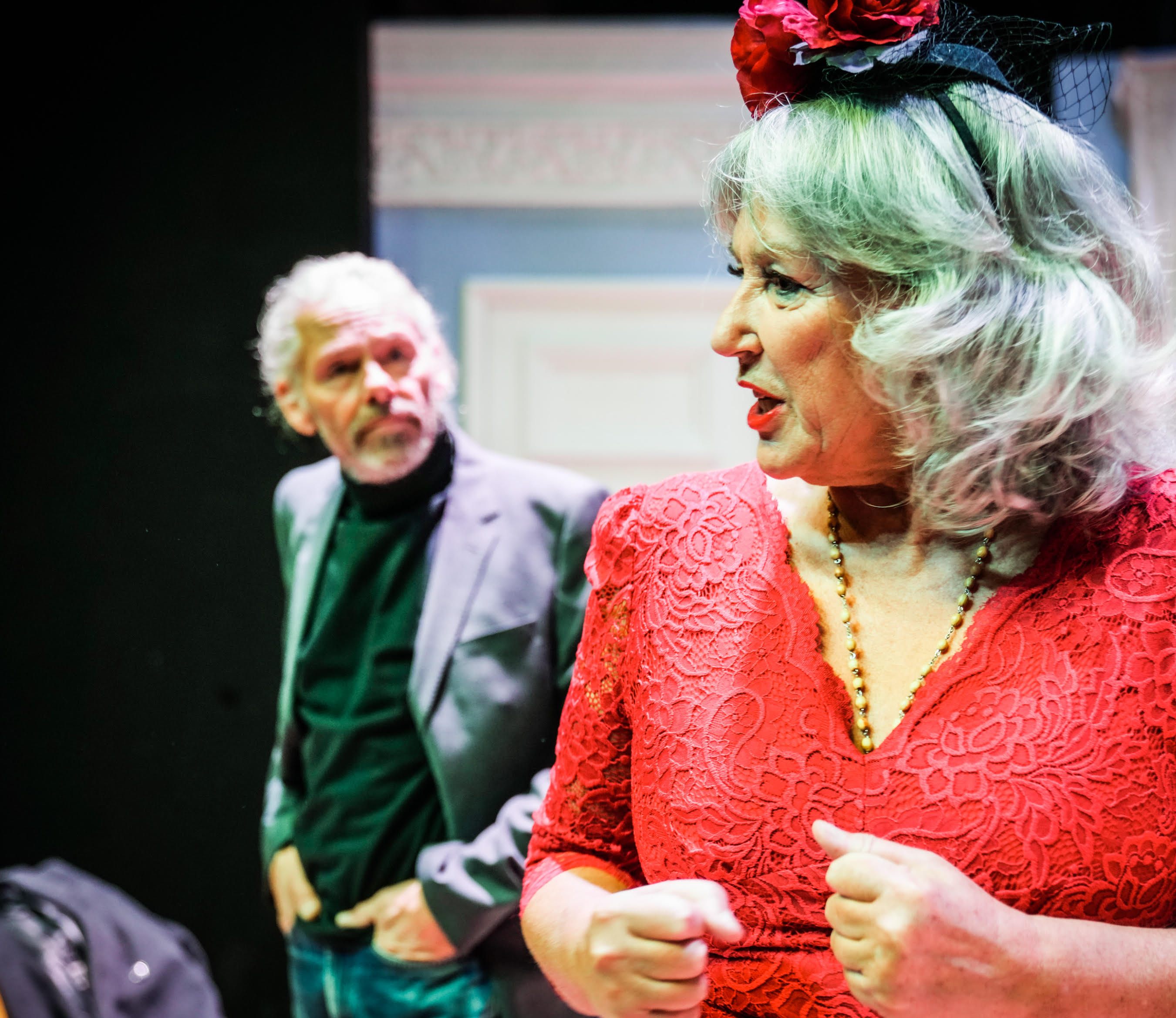 |
© NODA CIO. All rights reserved.

 Show Reports
People
Show Reports
People